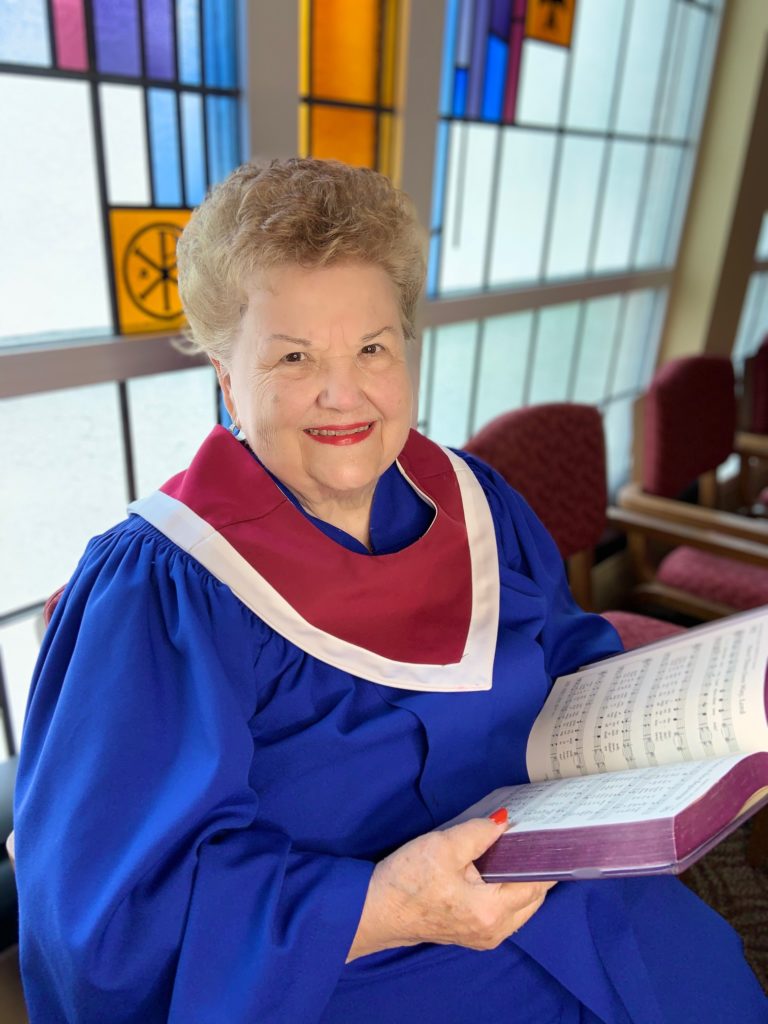by Carolyn Taylor, Epworth Villa Resident
And going into the house, they saw the child with Mary his mother, and they fell down and worshiped him. Then, opening their treasures, they offered him gifts: gold and frankincense and myrrh.
— Matthew 2:11

In almost every nativity scene that you might see, there are three wise men, or Magi, depicted as being at the birth of Jesus, bearing gifts for the Christ child. They are easily recognizable as they are usually the tallest figures; however, according to Matthew 2:11, the wise men were not actually there at the time of the birth. The birth occurred in Bethlehem, and the Bible states the wise men visited at a house, not the manger, and probably about a year or so later when Jesus was a toddler.
They did bring gifts. The three are identified as Balthasar, King of Arabia or Ethiopia; Melchior, King of Persia; and Gaspar, King of India. God chose men of three different colors from three different cultures to come together to follow His Star to recognize the new King of the Jews. They brought gifts of myrrh, which is an anointing oil; frankincense, which is a perfume; and gold, which is a symbol of kingship on earth.
It is said that the three emissaries sent by King Herod accepted Jesus as their Savior. After they informed Herod of the existence of the Christ child, the fearful King ordered that all Jewish males two years and under be killed, another indication that the Magis’ visit was within the two years after the birth. The wise men were warned in a dream about Herod and went back to their homes without seeing him.
The imaginative constructions of the Magi gifts are symbolic of generosity in response to the greater gift of God’s infinite generosity of actually giving God’s self. These offerings signal that followers of Jesus are called to participate in infinite generosity of giving themselves to God and to others freely. Let us all give ourselves freely.





